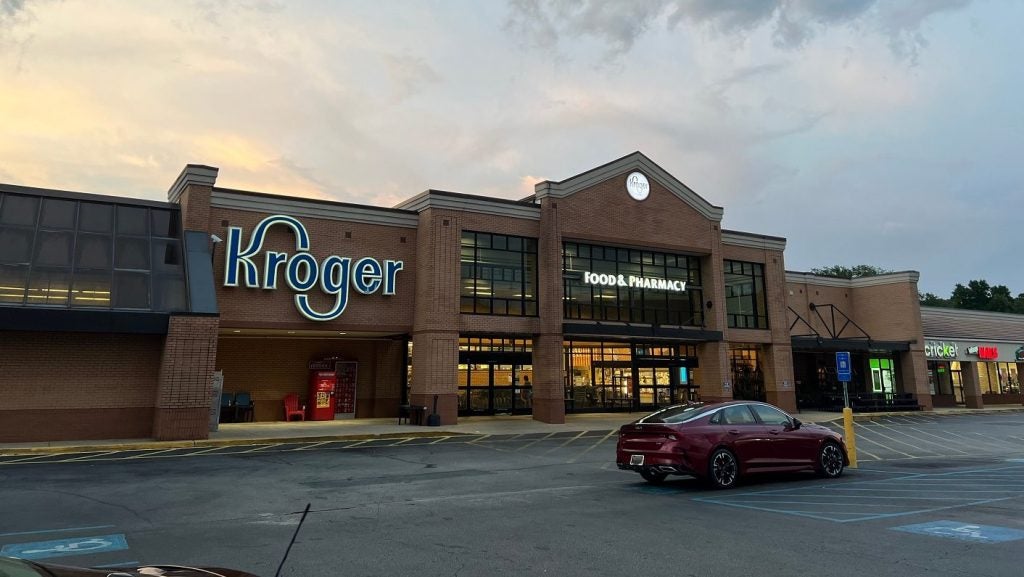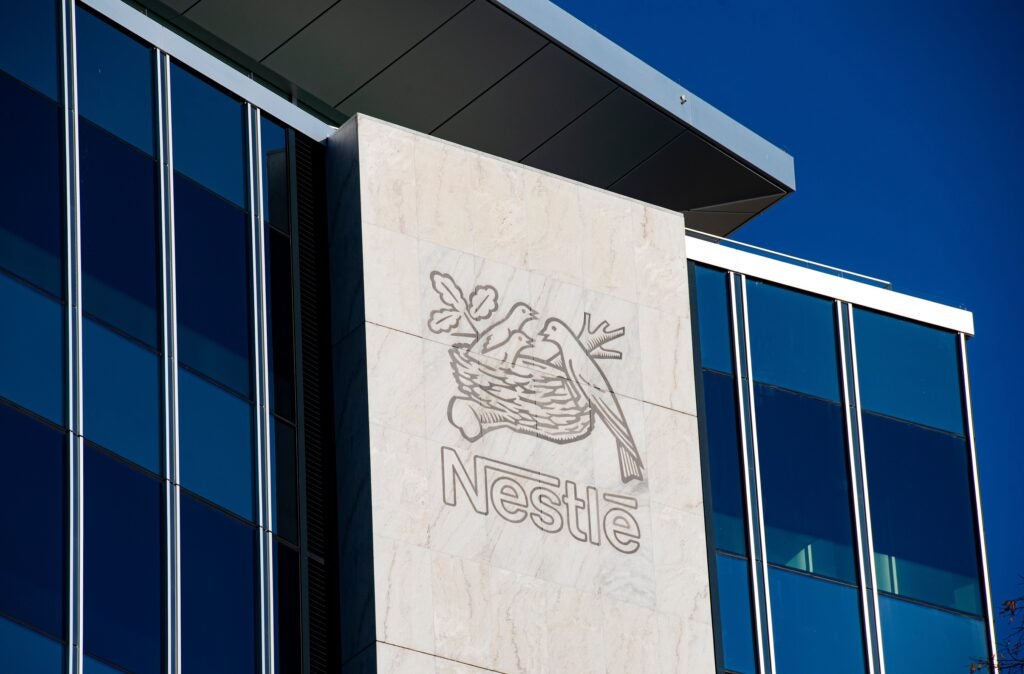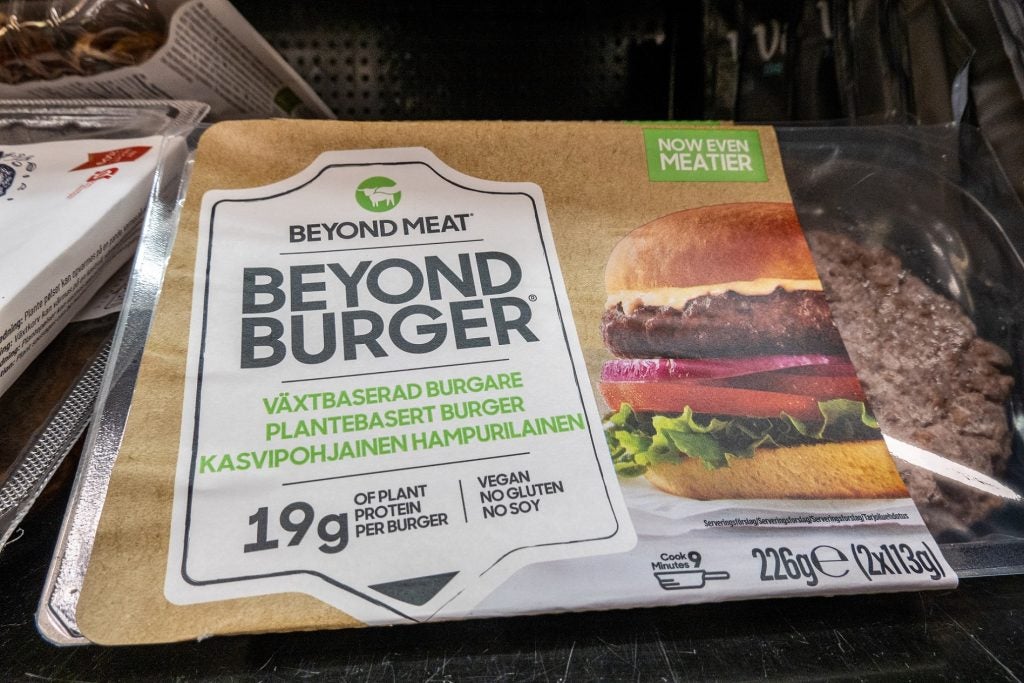As the economic climate deteriorates in the UK, retailers are responding to the increasingly value-conscious concerns of consumers by cutting prices. In answer to a round of price cuts from Asda, Tesco has launched a fresh offensive in the escalating price war with the introduction of 350 new products under the ‘Market Value’ and ‘Discounter’ ranges. But is this enough to satisfy shoppers’ hunger for value? Katy Humphries reports.
With Tuesday’s (16 September) official food inflation figures hitting the record high of 14.5%, UK retailers are falling over each other in the race to offer consumers “inflation-beating price cuts”.
Both the UK’s number one and number two supermarkets by market share responded to the inflation figures by introducing discounting initiatives this week.
Making the first move, Asda said that it would cut the price of 5,000 own-brand ‘Smartprice’ and third-party branded products. Announcing the initiative, Andy Bond, Asda chief executive, said he was confident food prices have peaked.
“That’s why I’m determined that, as and when cost prices fall, it will be Asda which leads the charge and drives down prices for shoppers not just in the short term but permanently,” he said.
How well do you really know your competitors?
Access the most comprehensive Company Profiles on the market, powered by GlobalData. Save hours of research. Gain competitive edge.

Thank you!
Your download email will arrive shortly
Not ready to buy yet? Download a free sample
We are confident about the unique quality of our Company Profiles. However, we want you to make the most beneficial decision for your business, so we offer a free sample that you can download by submitting the below form
By GlobalDataTesco responded with its own price-cutting initiative, the introduction of an own-label line of value-focused products and the launch of a marketing campaign flaunting its discounter credentials.
A spokesperson for Tesco told just-food that the move comes in response to customer feedback. “Our customers are telling us that price is now more important than it has been in two decades. But quality is also important and they enjoy the Tesco shopping experience. The new range is about bringing this all together,” the company said.
Tesco’s ‘Market Value’ and ‘Discounter’ ranges include 350 products across ten product categories such as produce, meat, bakery and dairy.
The tit-for-tat competition between Asda and Tesco continued when Tesco launched a full-colour print campaign claiming to be “Britain’s biggest discounter” in UK national newspapers The Sun, Daily Mirror, Daily Star, Daily Mail and Daily Express.
The UK’s largest retailer booked all available colour ad slots in the first 20 pages of each title. However, in a surprise counter-attack, Asda booked a spoiler campaign claiming to sell 3,457 products cheaper in the first full page colour ads available after Tesco’s slots.
In the UK’s increasingly competitive food retail landscape, it seems that – over the past 12 weeks at least – Asda has had the edge in this fight.
According to data released this week by TNS Worldpanel, over the last 12 weeks Tesco’s market share fell from 31.7% to 31.5% while Asda’s was up from 17% to 17.3%.
However, significantly, discounters Aldi and Lidl both achieved market share gains, TNS found. Aldi’s share increased from 2.6% to 2.9% and Lidl was up from 2.3% to 2.4% in the 12-week period.
Aldi told just-food that it did not view Asda and Tesco’s discount ranges as a threat. “For Aldi it is very much business as usual,” Aldi UK and Ireland’s group MD Paul Foley commented. “We are focusing on what we do best, delivering quality products at the very best price.”
While discounters are coming from a comparatively small base, they have worked to reposition themselves in the mainstream and are taking market share from the UK’s big four multiples – Tesco, Asda, Sainsbury’s and Morrisons.
“The rise of the discounters is the big story this year,” Verdict Research’s Nick Gladding told just-food. “Tesco and Asda are right to take this threat seriously and both have moved to nip the trend in the bud.”
According to Gladding, Asda and Tesco are both working to increase their value offering not only to compete with each other but also to halt the exodus of consumers to the likes of Aldi and Lidl.
“People shop at discounters because they feel they have to. By increasing their value-end offering, mainstream supermarkets are likely to stem the flow of customers to the discounters and could even win some back,” Gladding predicted.
While growing their discounted ranges, the supermarkets are also looking to differentiate themselves from the discounters.
Indeed, Tesco told just-food, these latest product launches are about increasing the retailer’s range and do not represent a tidal shift to the discounting end of the market.
“Tesco is the only supermarket to give every customer a choice of products to match their budget without compromising on quality,” a spokesperson for the retailer insisted.
As the battle for a share of the growing value market intensifies in the midst of ever-rising food prices, one thing remains unclear. And that is exactly how these savings are being funded.
Simply put, price cuts are either coming from the retailers themselves – in which case margins will suffer – or the costs are being passed down the supply chain to manufacturers and producers.
With production costs rising, there is a danger that, if suppliers are bearing the brunt of these costs, food prices will ultimately be pushed up as production decreases and food manufacturers go out of business.
Not so, said Tesco, who claimed that a combination of “investment, negotiations with long-term suppliers and increased efficiencies” are funding the cuts. “Our dealings with suppliers are fair and transparent,” the company said.
Despite Tesco’s ‘transparency’, industry watcher Gladding told just-food: “It is not clear where these cuts are coming from.”
Even as the UK’s top retailers struggle to assert their respective claims to be the nation’s “biggest discounter” it remains unclear where these savings are coming from and who, ultimately, will pay the price.







